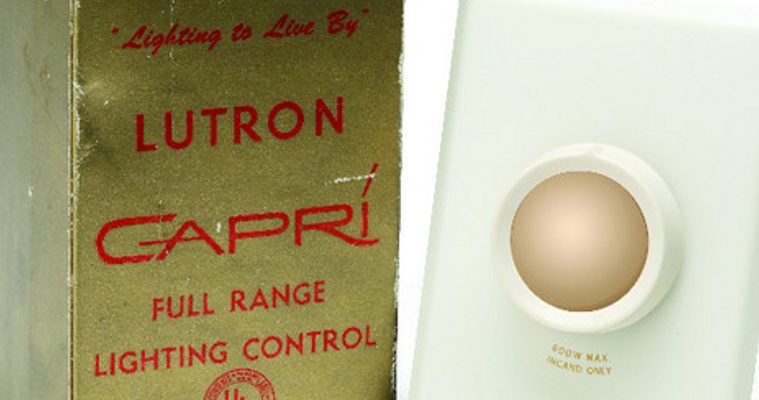Last week, the Smithsonian Institution’s National Museum of American History celebrated the dimmer as part of a permanent exhibition on lighting.
Naturally, then, the inventor of the solid-state dimmer, Lutron founder Joel Spira, would be celebrated as well.
During a press event and subsequent gala that attracted government officials, loyal customers, family and friends, Spira formally signed over the following artefacts to the Smithsonian:
A Dimmer is Born
So just how did Spira invent the dimmer?
A number of years ago, someone showed him a solid-state device called a silicon controlled rectifier (SCR), which is about the size of a large pea. The SCR worked by chopping out a varying portion of the 60-cycle sine wave.
During World War II in the Navy, Spira had a device for secret radars that did the same thing as the SCR, but was much larger – about the size of a milk carton.
Struck by the device’s ability to control electrical power, he figured he could put it in a wallbox and dim an ordinary light bulb.
While it wasn’t the first dimming device, it was the only one smaller than a breadbox and thus the only one that could fit inside a standard wallbox.
Spira received a patent on the dimmer in 1962.


